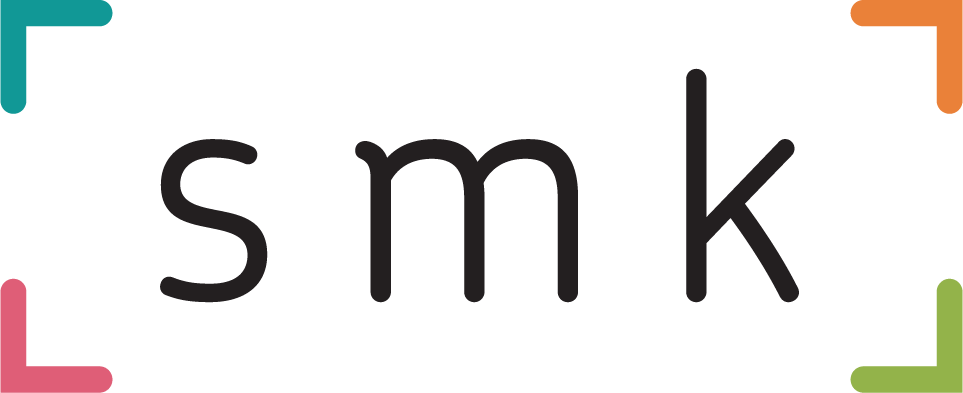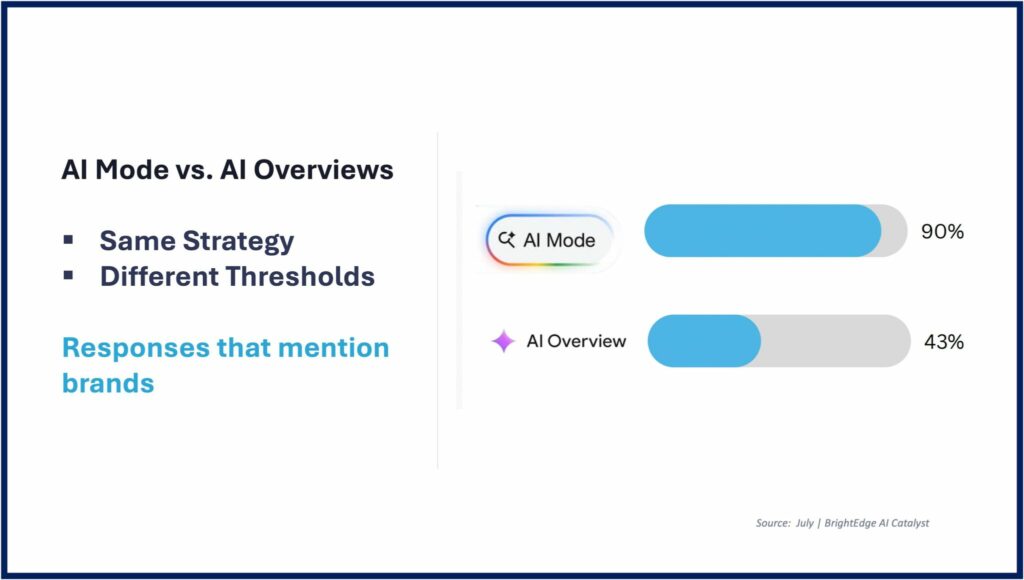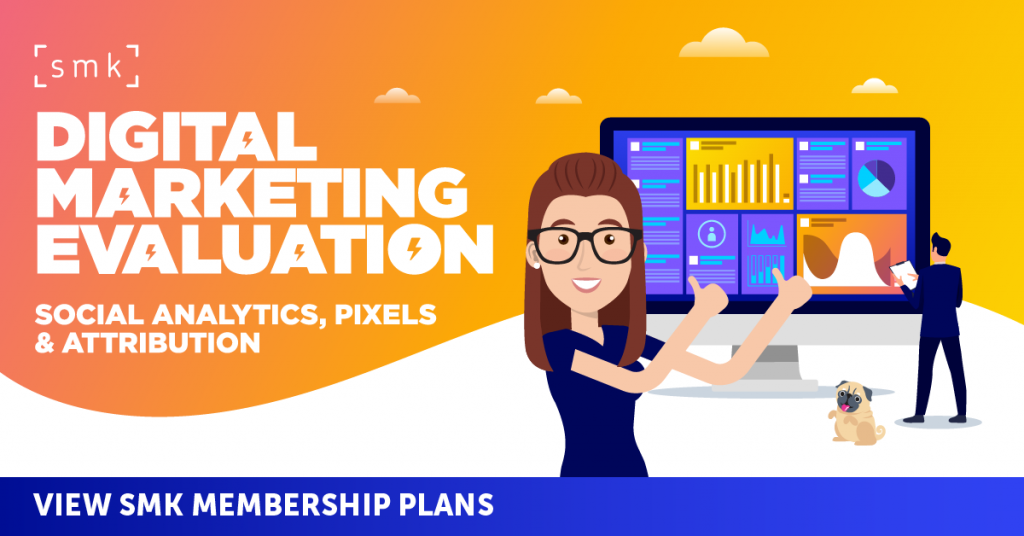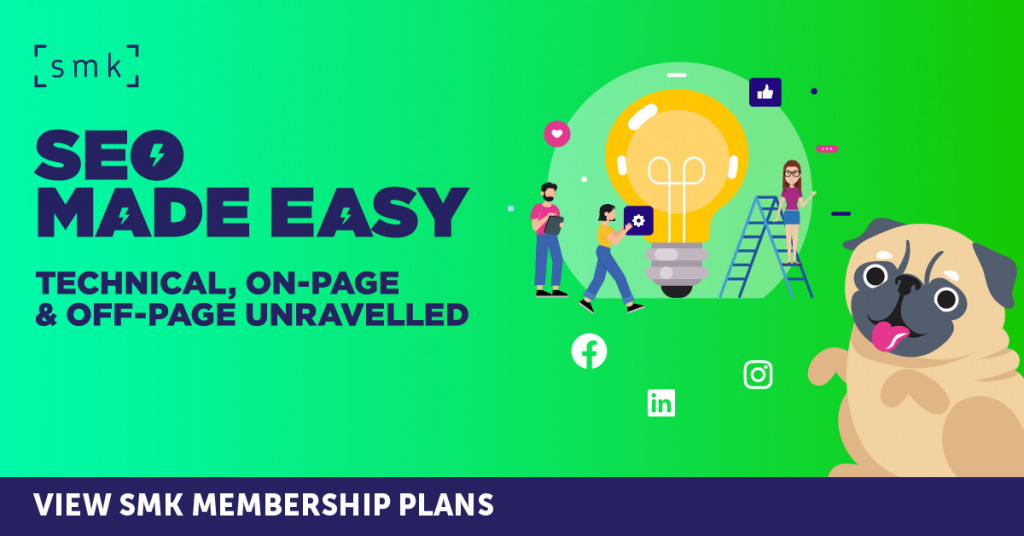Search marketers are facing a fundamental change in how Google delivers answers. The introduction of two distinct AI-powered search formats, AI Mode and AI Overviews, marks a shift from a single set of ranking rules to a dual-path system with very different behaviours.
New data from enterprise SEO platform BrightEdge, first published by Search Engine Land, reveals how brand visibility, citation density and content volatility differ significantly between Google’s two AI search modes. For digital marketers, understanding this split is essential to sustaining visibility in an increasingly AI-led search landscape.
What Are AI Mode and AI Overviews?
Google’s AI search experience now presents results in two separate ways, depending on the query, user intent and search context.
-
AI Mode is a full-page, conversational interface that delivers summarised results in response to user queries. It functions like an interactive assistant and surfaces responses drawn from a curated set of sources. These results often appear in Google’s Search Generative Experience (SGE), especially when users opt in to a more exploratory or research-style journey.
-
AI Overviews are compact summaries that appear within traditional Google search results. They sit at the top of the results page and aim to provide a quick, AI-generated answer to the user’s question. These overviews are often densely cited and are designed to summarise a topic before the user scrolls to organic listings.
In simple terms, AI Mode acts as a full AI assistant. AI Overviews serve as enhanced snippets layered on top of classic search results.
How Do They Differ?
BrightEdge’s research reveals several important distinctions between the two modes:
1. Brand Visibility
AI Mode is significantly more brand-friendly. Brands are mentioned in 90% of responses, and the system surfaces nearly four times more unique brands than AI Overviews.
In contrast, AI Overviews are much more selective. Brands are only mentioned in 43% of responses, meaning many organisations are entirely absent from this layer of search.
2. Citation Patterns
AI Mode uses a small number of summarised source cards, typically between 5 and 7, that appear below the main answer. These give users optional links to learn more.
AI Overviews, however, are citation-heavy. A single overview may contain 20 or more inline citations embedded directly in the text. This signals a much stronger focus on authoritative sourcing and suggests a higher bar for inclusion.
3. Volatility and Stability
AI Overviews are highly dynamic. BrightEdge found that content shown in Overviews changes up to 30 times more week-on-week compared to AI Mode.
AI Mode is far more stable, favouring a consistent set of sources and formats. For marketers, this means AI Mode is better for long-term visibility, while AI Overviews may require frequent updates and monitoring.
Two Modes, Two Strategies
The split is not just a technical detail. It reflects a fundamental shift in how Google interprets search intent and surfaces content.
-
AI Mode acts as a broad discovery engine. It casts a wide net and allows more brands to appear. Entry barriers are lower, and content inclusion is relatively predictable.
-
AI Overviews are highly curated and behave more like editorial digests. They are selective, volatile and more likely to reward fresh, high-authority content.
Jim Yu, Founder and Executive Chair at BrightEdge:
“AI Mode provides stable, broad discovery while AI Overviews test new ranking approaches with higher selectivity. Your opportunity is to build content that works for both — comprehensive enough for AI Mode’s breadth, authoritative enough for AI Overviews’ selectivity.”
What Should Marketers Do Next?
This dual-mode system calls for a more nuanced approach to content development and SEO strategy. Here are four practical actions to take:
1. Build for Scale and Breadth
AI Mode rewards broad coverage. Brands should develop content that addresses a wide range of user needs across different stages of the customer journey. FAQs, guides, explainer content and evergreen articles are ideal for this format.
2. Raise the Authority Bar
To perform in AI Overviews, your content must be highly credible. That means citing trusted sources, earning high-quality backlinks, and demonstrating expertise. Google is clearly favouring content that meets high editorial standards in this mode.
3. Monitor Volatility and Adapt
The high turnover in AI Overviews means visibility can shift rapidly. Use tracking tools to monitor when your content is included and why it might drop out. Treat Overviews as a real-time feedback loop for search algorithm changes.
4. Invest in Structured Data and Content Design
Both modes rely heavily on structured information. Schema markup, clear formatting and consistent headings help AI systems understand and summarise your content. Well-structured pages are more likely to be included and cited.
Expanding Optimisation Requirements
Google’s AI search experience is no longer one system. It is two. At least for the time being.
AI Mode offers consistency and reach. It gives brands a reliable opportunity to be seen, even in competitive categories. AI Overviews are selective and unpredictable but may offer a preview of where Google is heading in terms of content quality and ranking logic.
Marketers must now optimise for both. That means building content with both scale and authority, monitoring inclusion across modes, and staying agile as Google continues to refine its AI systems.
Search in 2025 is not just about ranking. It is about presence, visibility and adaptability across multiple layers of AI. Brands that understand the structure and behaviour of both AI Mode and AI Overviews will be best placed to lead in this new era of search.




RECOMMENDED FOR YOU
Meta Adds New AI Tools To Supercharge Lead Gen
Meta is rolling out a wave of updates to…
Meta is rolling out a wave of updates to…
Meta Announces Business AIs For Brand Websites
Meta is moving further into the AI assistant space…
Meta is moving further into the AI assistant space…
ChatGPT Data Reveals New Search Behaviour
ChatGPT is not just answering questions; it is searching…
ChatGPT is not just answering questions; it is searching…